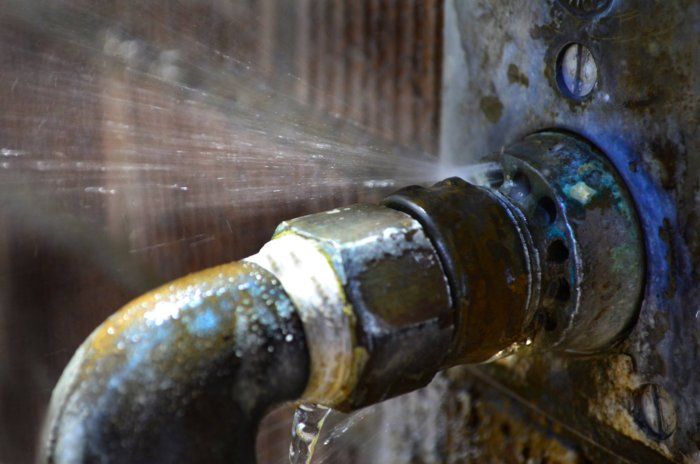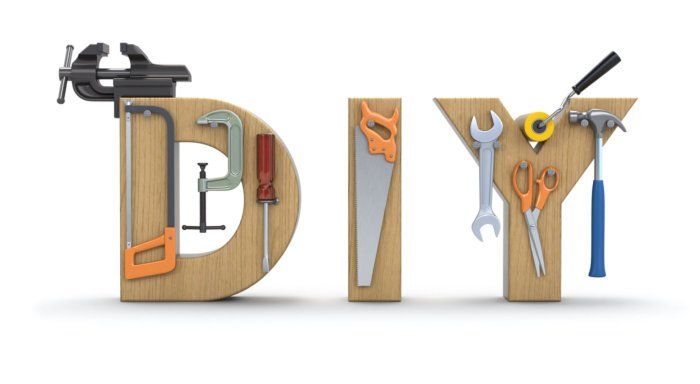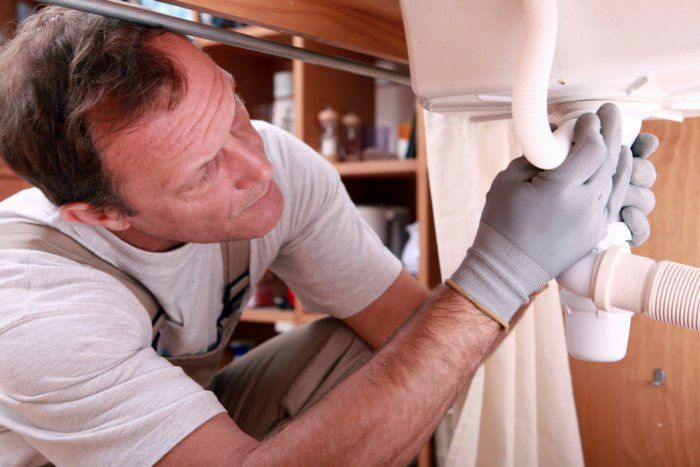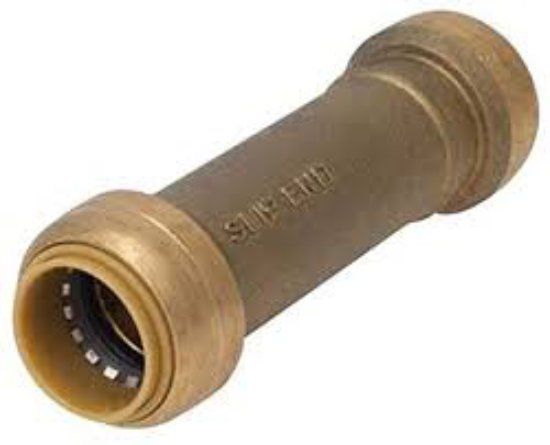Blog Layout
What To Do With Your Leaky Pipes
Admin • Jun 09, 2020

Leaking pipes can cause a lot of damage if they are left untreated. You can either utilize a temporary fix until a plumber arrives or fix the pipes yourself, so it’s up to code. You won’t be able to do this every time, sometimes you’ll need a plumber to get the job done right, and that’s ok! Here are the steps for the times you can fix the issue yourself.

How To Get Started
Locate your main water supply (typically in your basement crawl space). Turn the dial clockwise to shut off the water. This way, the water won’t leak on you when you are working & you prevent extra damage caused by the leak.
If, for some reason, you cannot manually shut this off, you should be able to call your water company and see if they can shut off the supply for you.
Turn on the faucets connected to the pipe & drain them. Start by turning on the lowest faucet in your home, such as an outdoor hose pipe or sink in the basement. Let the water run until the pipe is empty.
Once all the water is drained from the pipes, use some dry cloth to wipe the area around the leak completely dry. This is to prevent the area from being slippery when you work on it. We’d also recommend you set a cloth or bucket underneath the leak in case any stray drops of water come out of the leak.
From here, you have a temporary and permanent fix option.

The Temporary Fix – Applying Epoxy Putty
Put on latex or nitrile gloves. Epoxy putty heats up while you’re working with it and could cause pain on bare skin. Make sure you have these on the whole time you are working with the putty. Also, please make sure these are thin enough for you to still work intricately with the putty.
Next, mix plumbing epoxy putty by hand to combine it. Rip off a small ball of epoxy putty from the tube and knead it together with your fingers. The darker epoxy will mix with the lighter exterior to activate it. Once the putty has a consistent light grey color, you can stop kneading.
Afterward, wrap the putty around the leaky area. Make sure the putty forms a layer that’s about half an inch thick around the leak, so it holds in places. Taper the edges of the putty onto the pipe, so it makes a watertight seal.
Let the putty set for 5-10 minutes before turning your water on. Once the epoxy putty is applied, it will set quickly so you can use your water again. Leave the putty alone for at least 5 minutes while it sets so it can solidify. Once the epoxy sets, you can turn your water back on.
Remember to call a plumber after you do this, as it is only a temporary fix. Call a plumber for the permanent solution.

The Permanent Solution – Putting A Slip Coupling On Your Pipe
Get a slip coupling that matches the size and type of your pipe. Slip couplings are small, watertight connections that connect two different pieces of pipe. Look for a slip coupling that has the same diameter as the pipe you need to fix and is long enough so you can cut out the leak. Before you purchase one, make sure the coupling is the same material as your pipe, such as PVC or copper.
Mark the length of the slip coupling on your pipe. Hold the slip coupling up to the leaky spot on your pipe, so the coupling extends out from each side. Use a marker to draw a line on your pipe at the end of the slip coupling. This will help ensure that you cut out the right length of pipe so the coupling can still fit.
Use a pipe cutter to cut out the leaky area on the pipe. Pipe cutters are small devices that easily slice through a pipe as you rotate them around. Set the edge of your pipe cutter 1 in (2.5 cm) inside the line you drew and tighten the screw on the bottom of the device. Rotate the pipe cutter around the pipe completely and tighten the screw again. Keep spinning and tightening the pipe cutter until it makes a clean cut through the pipe. Repeat the process 1 in (2.5 cm) in from the other line you drew.
Scrape the inside and outside of the pipe with a deburring tool. A deburring tool is a unique tool used to scrape the inside and outside of the pipe to help reshape it after you make your cut. Hold the pipe steady with your nondominant hand and set the blade edge of the deburring tool inside the pipe. Scrape around the inside edge of the pipe with your tool to deburr it. The take the tool out of the pipe and scrape the outside edge.
Slide the slip coupling onto the ends of your pipe. Take your coupling and slide an end over one side of your pipe. Push the coupling on far enough, so you’re able to line it up with the other side of the cut pipe. Line up the other end of the coupling with the pipe and pull it over, so the coupling connects the two pipes. The coupling will hold the pipes together so water can flow between them.
BROWSE OUR WEBSITE
Content, including images, displayed on this website is protected by copyright laws. Downloading, republication, retransmission or reproduction of content on this website is strictly prohibited. Terms of Use
| Privacy Policy





